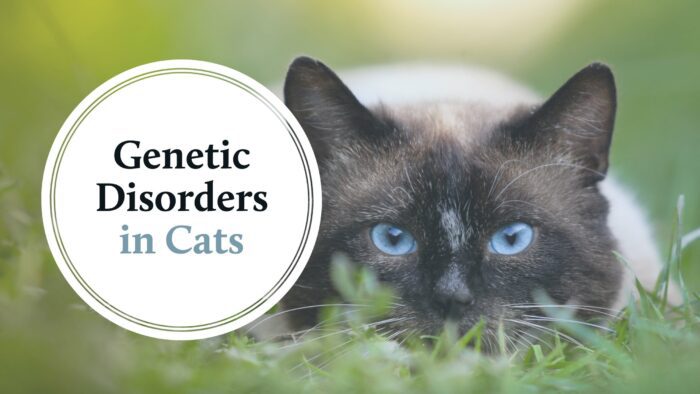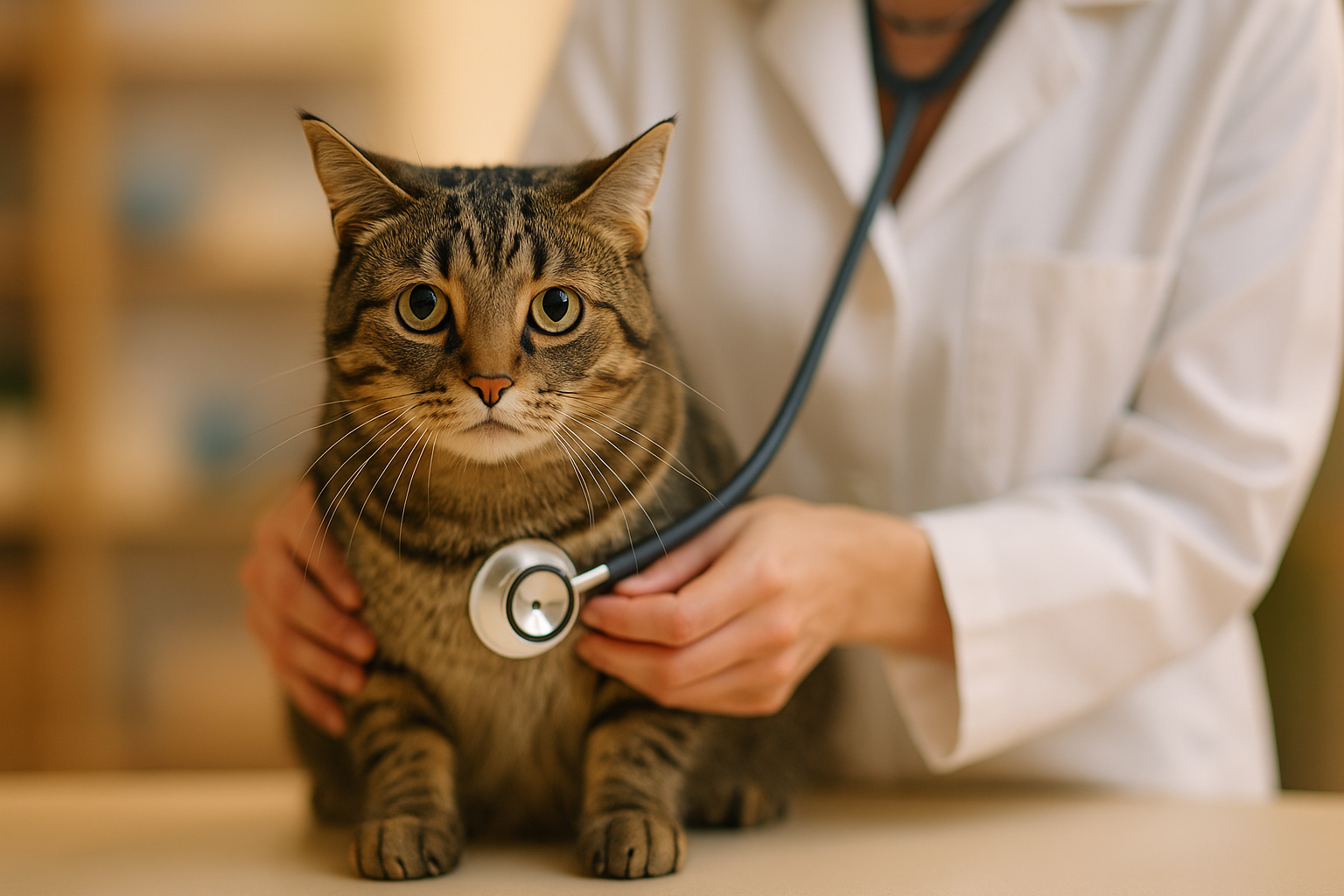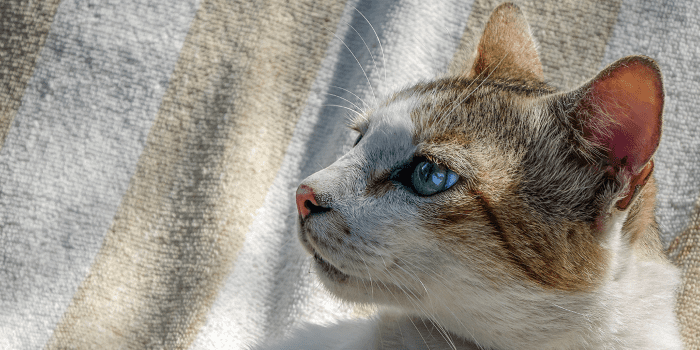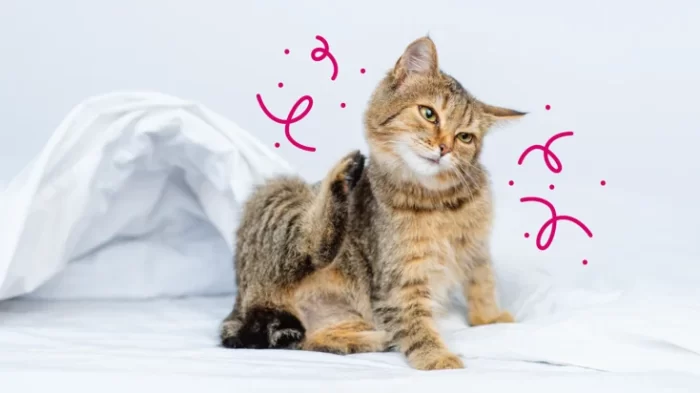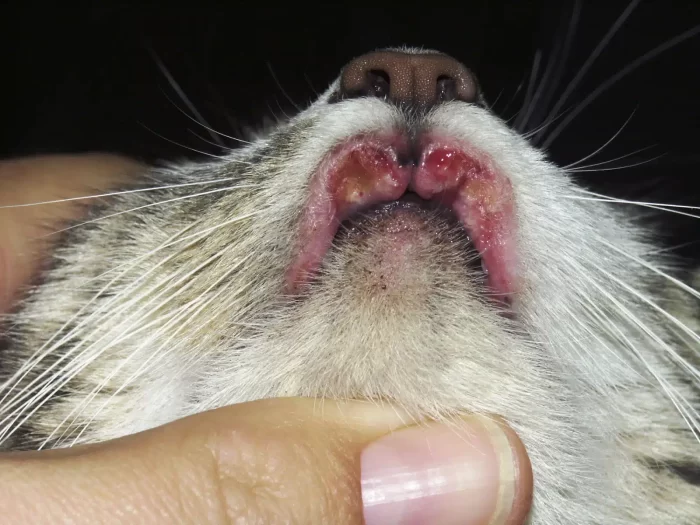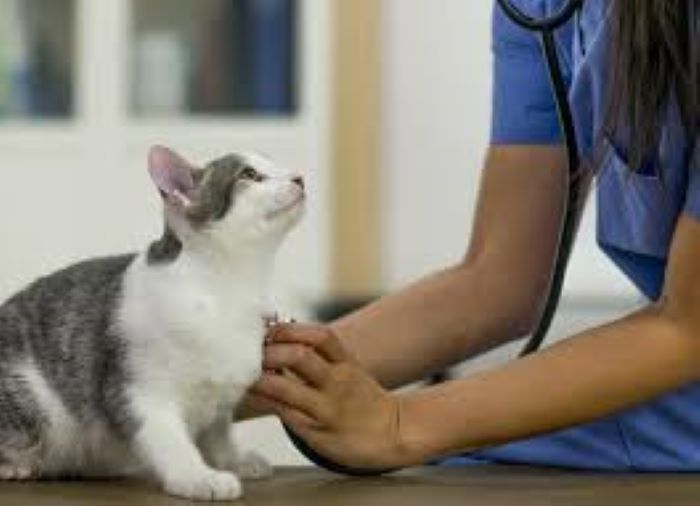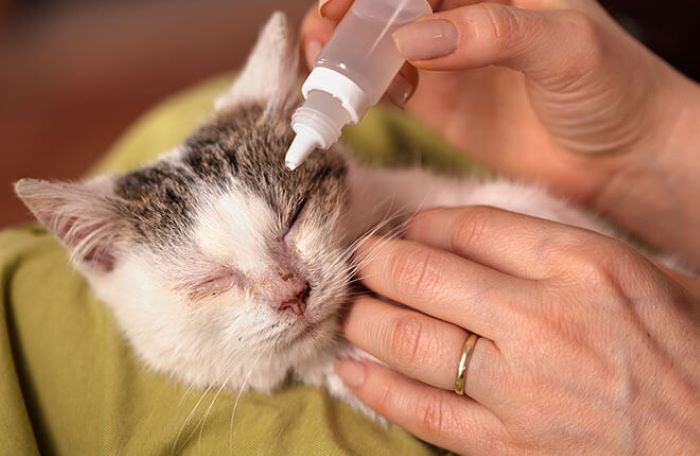Understanding Hypertrophic Cardiomyopathy in Cats
I remember when a friend of mine called me, completely panicked. Her big, fluffy Maine Coon—just four years old—had suddenly collapsed and couldn’t move his back legs. She rushed him to the emergency vet, thinking it was a stroke or something neurological. The real diagnosis? Hypertrophic cardiomyopathy in cats. I had heard of it before—but … Read more


